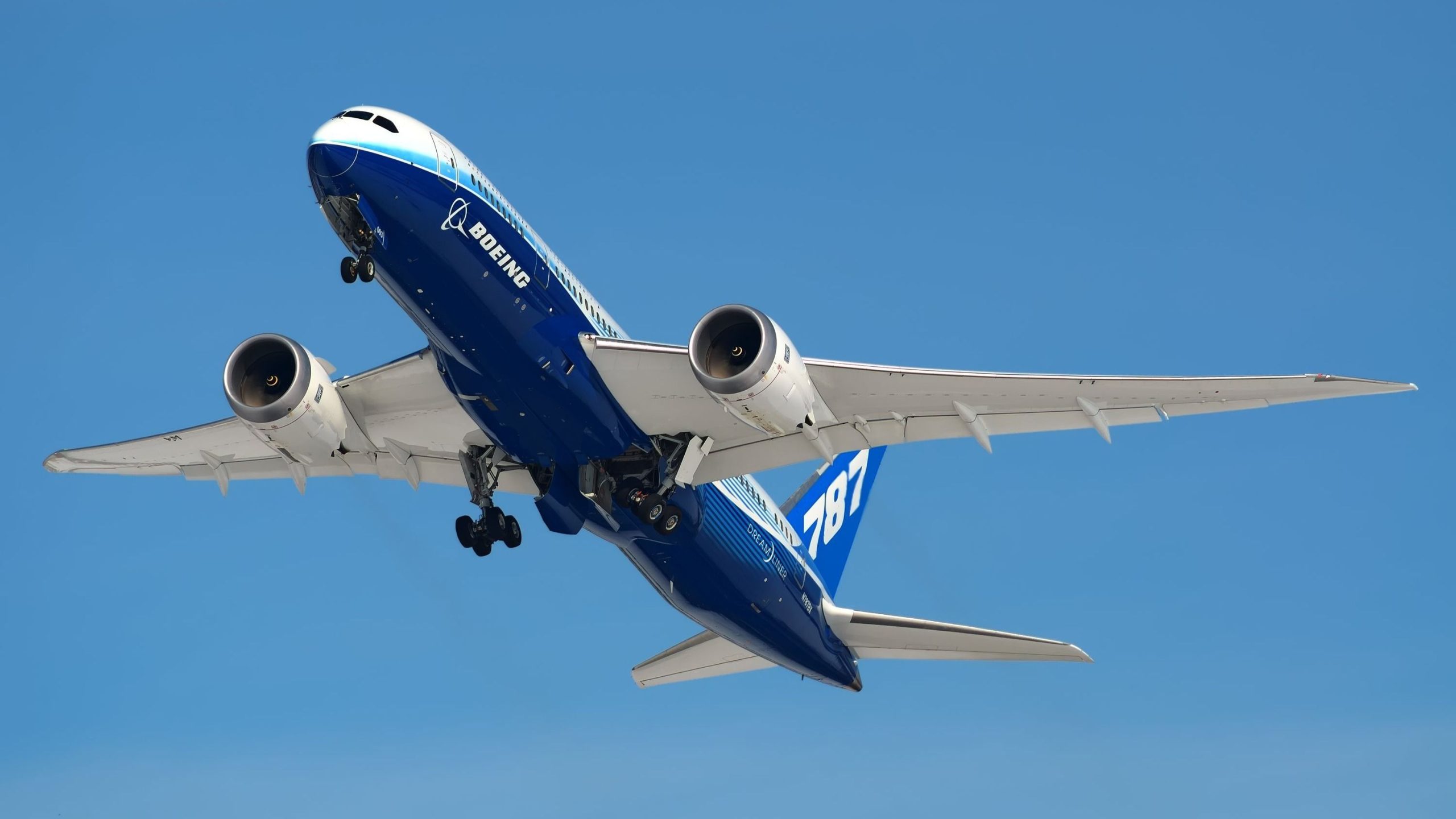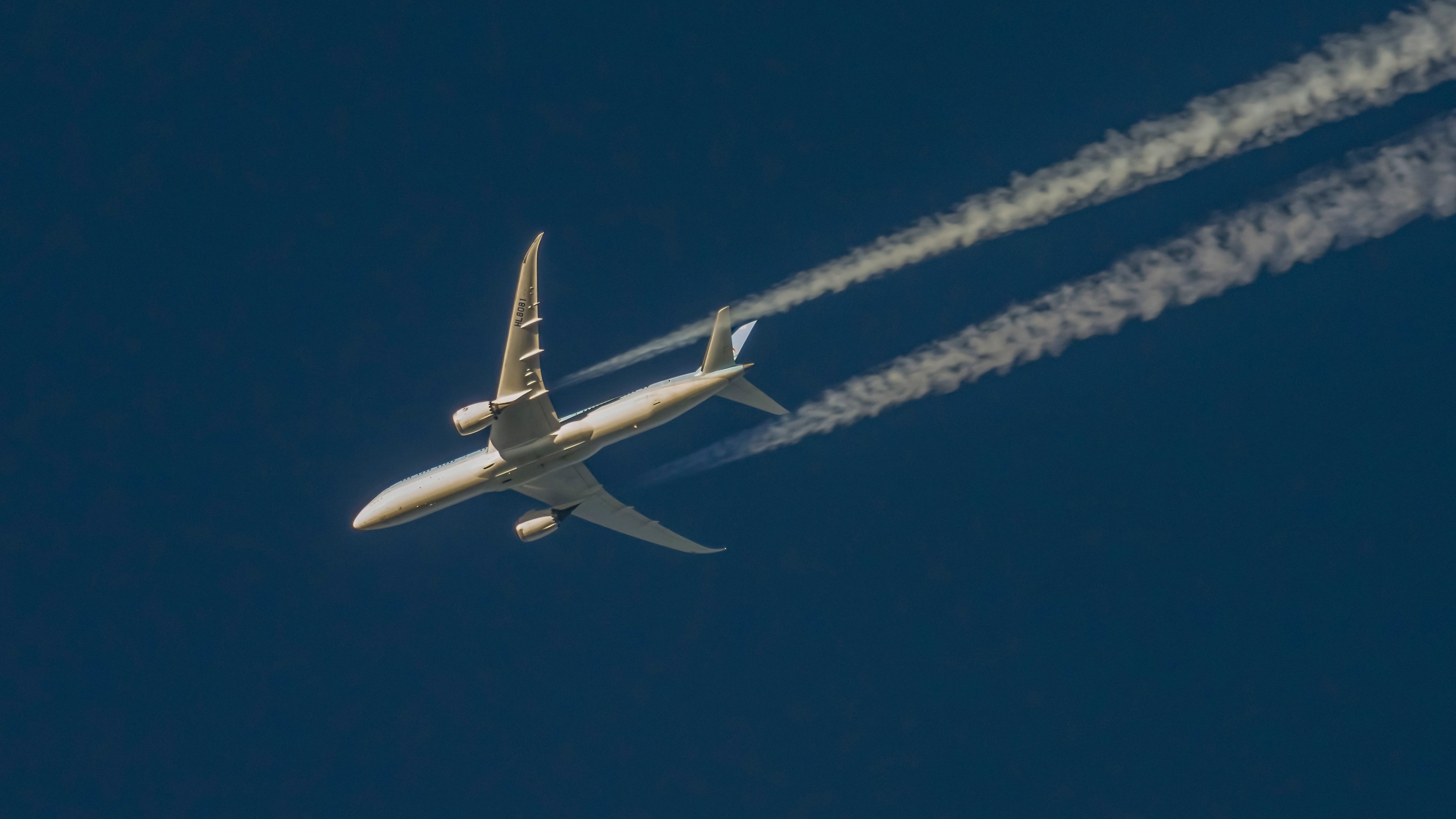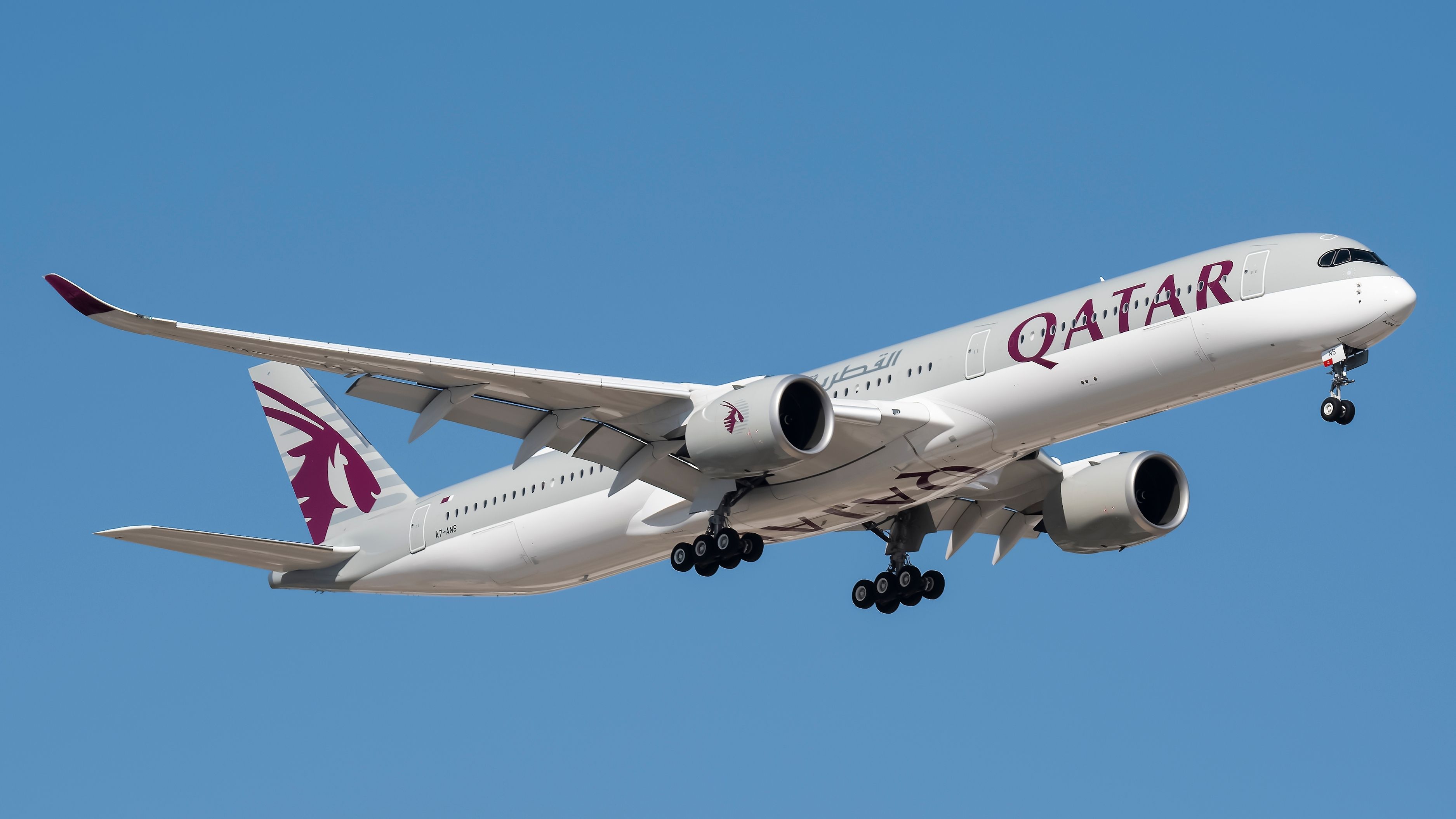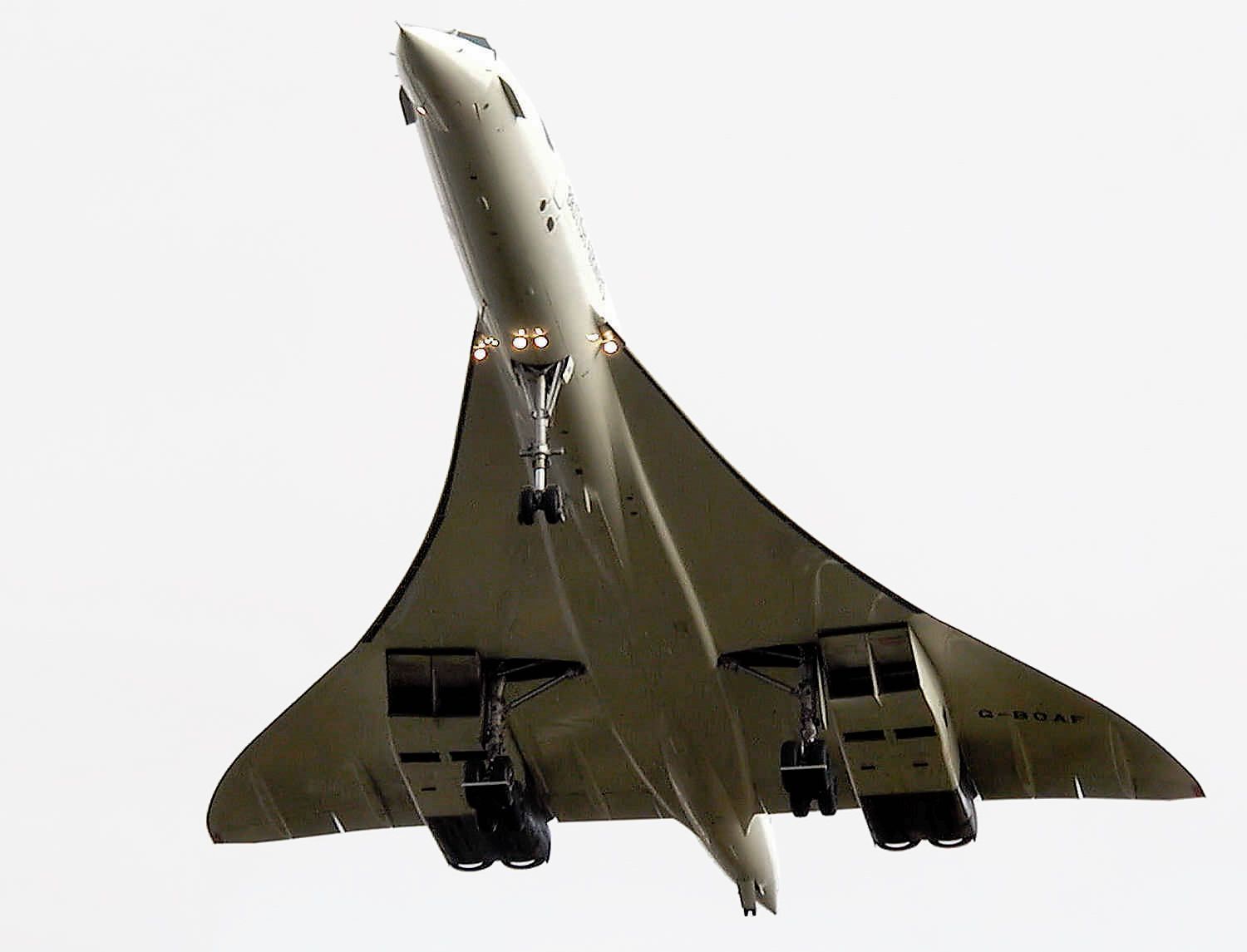Summary
- Air travel is the safest and fastest mode of transport, preferred by over four billion people annually.
- Passenger planes have different cruising speeds, with an average range of 500–521 knots (575-600 mph).
- The Concorde was the fastest-ever commercial passenger aircraft, reaching speeds of 1,350 mph (Mach 2).
Air travel remains the safest and fastest mode of commercial passenger and cargo transport, making it the preferred choice for over four billion people traveling around the world annually.
The design of passenger planes has come a long way over the years, with aircraft becoming safer, faster, and more fuel efficient. An aircraft’s speed critically affects travel time, fuel efficiency, and overall flight performance. With that said, let us examine how fast passenger planes fly.
Average speeds
If you’ve frequently flown on a certain route with different aircraft, you may have noticed that the time it takes to fly from your departure to your destination airport often differs. While this may be affected by other aspects like weather conditions and the flight path followed, the difference in cruising speeds among commercial planes also plays a part.
Photo: Vincenzo Pace | Simple Flying
Various commercial aircraft types are in service today, from the DHC Dash 8-Q400 turboprop to the Airbus A380 superjumbo. They all have different cruising speeds and typically travel faster at higher altitudes. On average, passenger planes have a cruising speed of 500 to 521 knots (575-600 mph), about Mach 0.78 to 0.81. Private jets travel at 435 to 521 knots (500-600 mph), about Mach 0.68 to 0.81.
Types of speed measurements
The speed of an object moving on the ground, like a car, is calculated slightly differently from an object moving in the air, like a plane, because of the long distances covered by the flying object and the different forces acting on it. There are two main types of aircraft speeds: ground speed and airspeed.
Find out why airspeed is measured in knots here
Ground speed is the time taken by the aircraft to cover a certain distance over the ground. At about 35,000 ft, a passenger plane can have an average ground speed of around 300–600 knots. While commercial aircraft may cruise at almost similar airspeeds, the headwinds and tailwinds typically affect the speed at which it passes over the ground.
Photo: Vladimir Prokop | Shutterstock
On the other hand, airspeed is the aircraft’s speed relative to the air around it and is the preferred measurement in aviation. Furthermore, indicated airspeed (IAS) and true airspeed (TAS) are among the most common conventions for determining airspeed.
IAS is the speed shown on the airspeed indicator, uncorrected for instrument errors and atmospheric conditions. TAS is the actual speed of the aircraft relative to the atmosphere, independent of instrument errors and other conditions. It is, therefore, the speed used in most aircraft descriptions and manuals.
The fastest commercial planes
When aircraft fly at about 25,000 to about 30,000 ft, their speeds are referenced as a percentage of the speed of sound (Mach). The speed of sound (Mach 1) is about 761 mph at sea level and an air temperature of 59 °F (15 °C). Below are some of the fastest commercial aircraft in service today:
Airbus A350-1000
In addition to being one of the most fuel-efficient passenger aircraft, the Airbus A350-1000 is one of the fastest. It has a top speed of nearly 683 mph (Mach 0.89).
Photo: Robin Guess I Shutterstock
It first flew in 2017 and entered commercial service in 2018, becoming a popular model for several carriers. There are over 79 active A350-1000s in service, with about seven carriers. Furthermore, an additional 161 have been ordered by 15 airlines.
Boeing 747-8i
The Boeing 747-8i is also among the fastest commercial aircraft. It can reach speeds of 660 mph (Mach 0.86). It is the longest-range version of the 747 family, and as it is no longer in production, it is only in operation with a few carriers.
Boeing 787 Dreamliner
With its different variants, the Dreamliner can fly faster than most passenger aircraft on the market today. It is capable of flying at 690 mph (Mach 0.9), making it one of the fastest jetliners. The 787 family is operated by over 39 different carriers.
Fastest-ever passenger aircraft
The fastest-ever commercial passenger aircraft, the Concorde, comes as no surprise. The aircraft had a cruising speed of 1,350 mph (Mach 2), up to 60,000ft. It made its fastest transatlantic crossing on February 7, 1996, when it flew between New York and London in 2 hours and 52 minutes.
While there are currently no commercial or private jets carrying passengers at those speeds today, there are also a few other notable mentions. The Dassault Falcon 7X, Gulfstream G700, Cessna Citation X, and Bombardier Global 8000 are among the fastest private and business jets in operation.
Did you know exactly how fast passenger planes fly? Have you ever flown on any of the world’s fastest aircraft? Please let us know in the comments!
Sources: Aerotime, Flight Deck Friend





